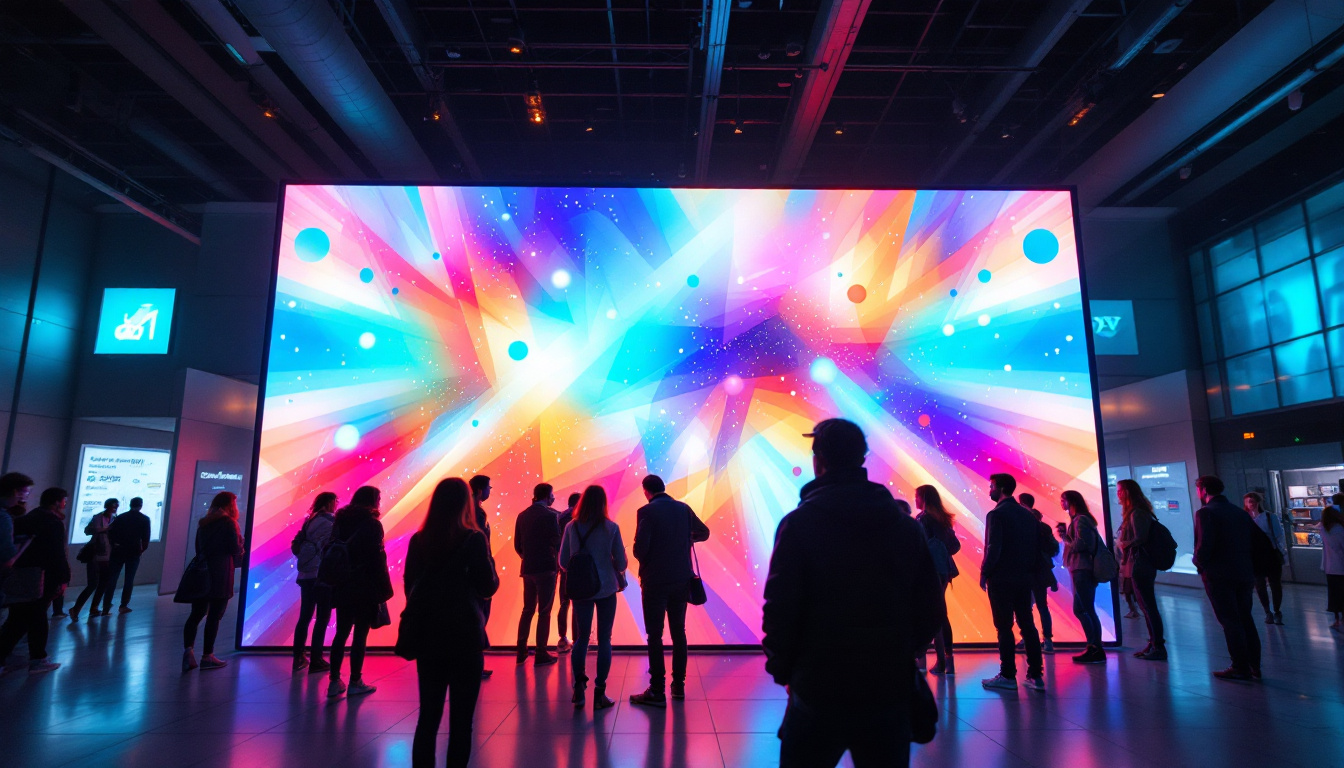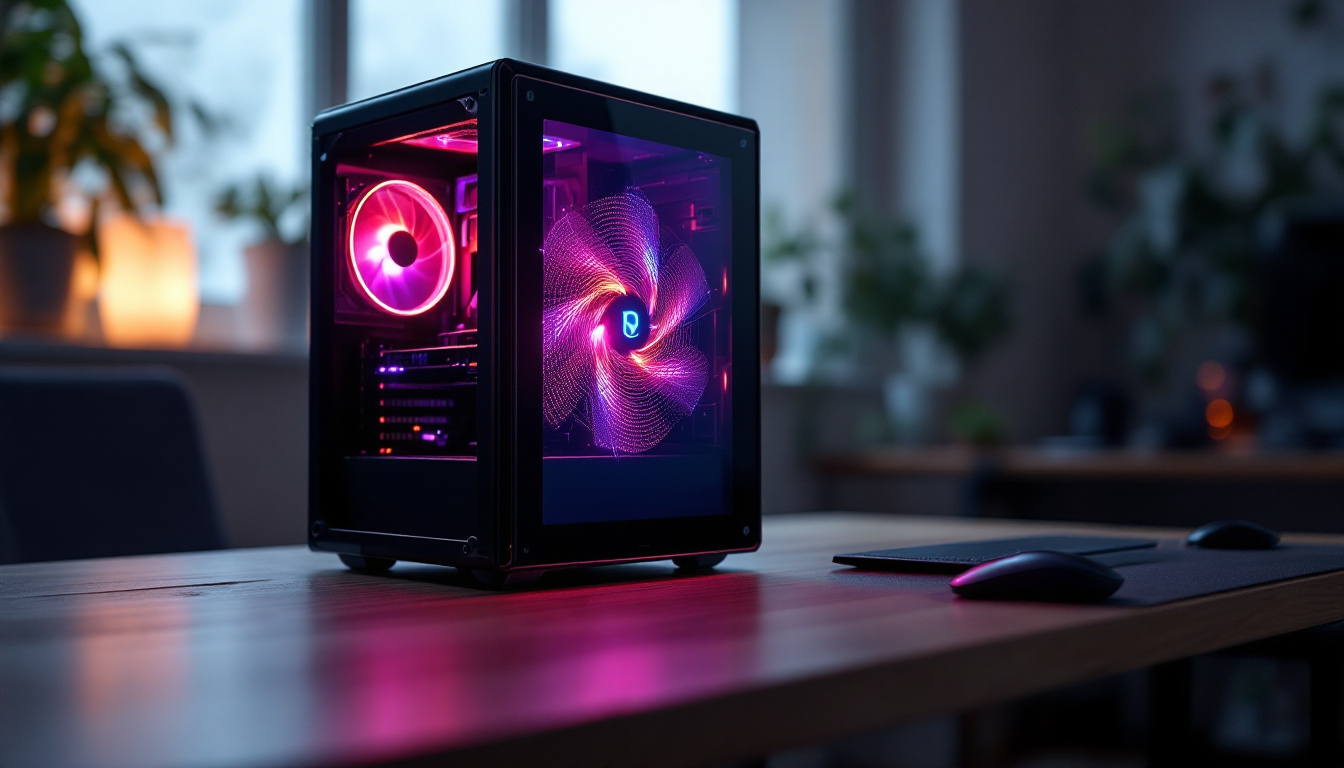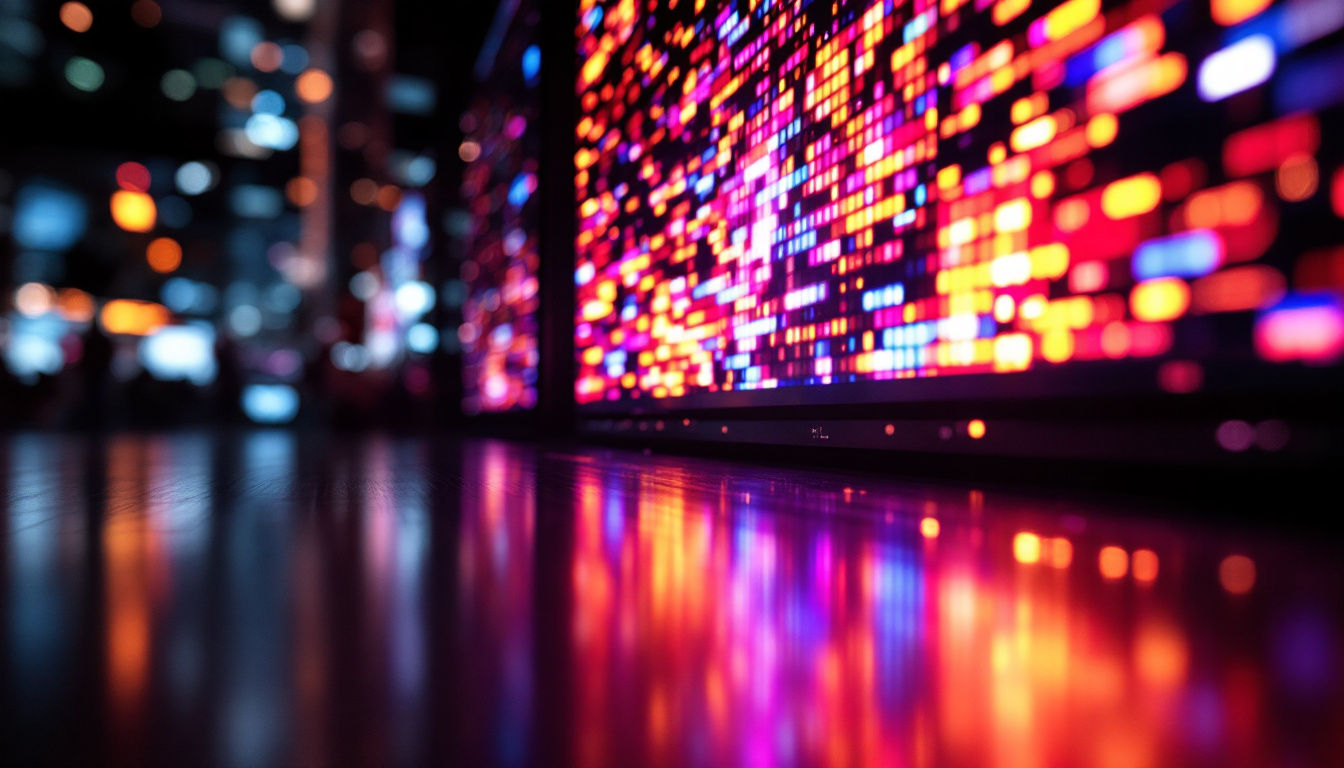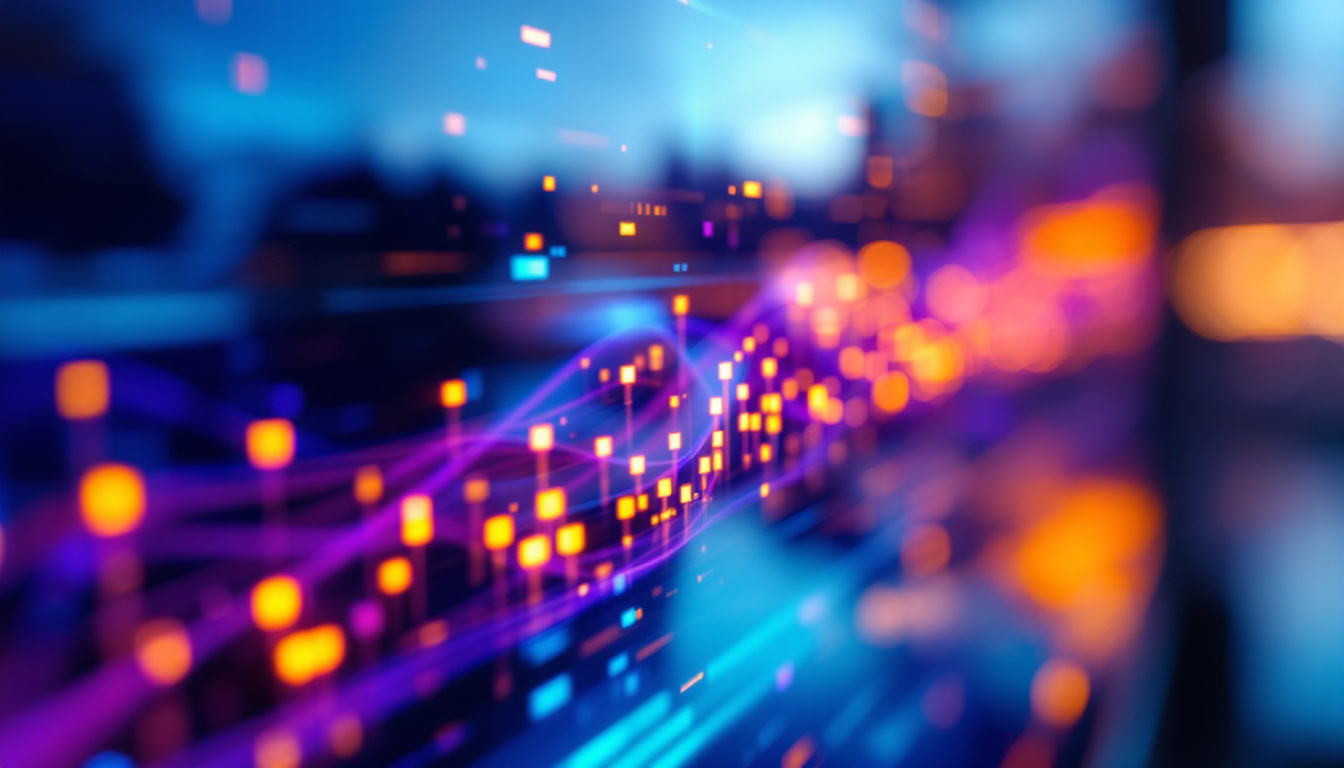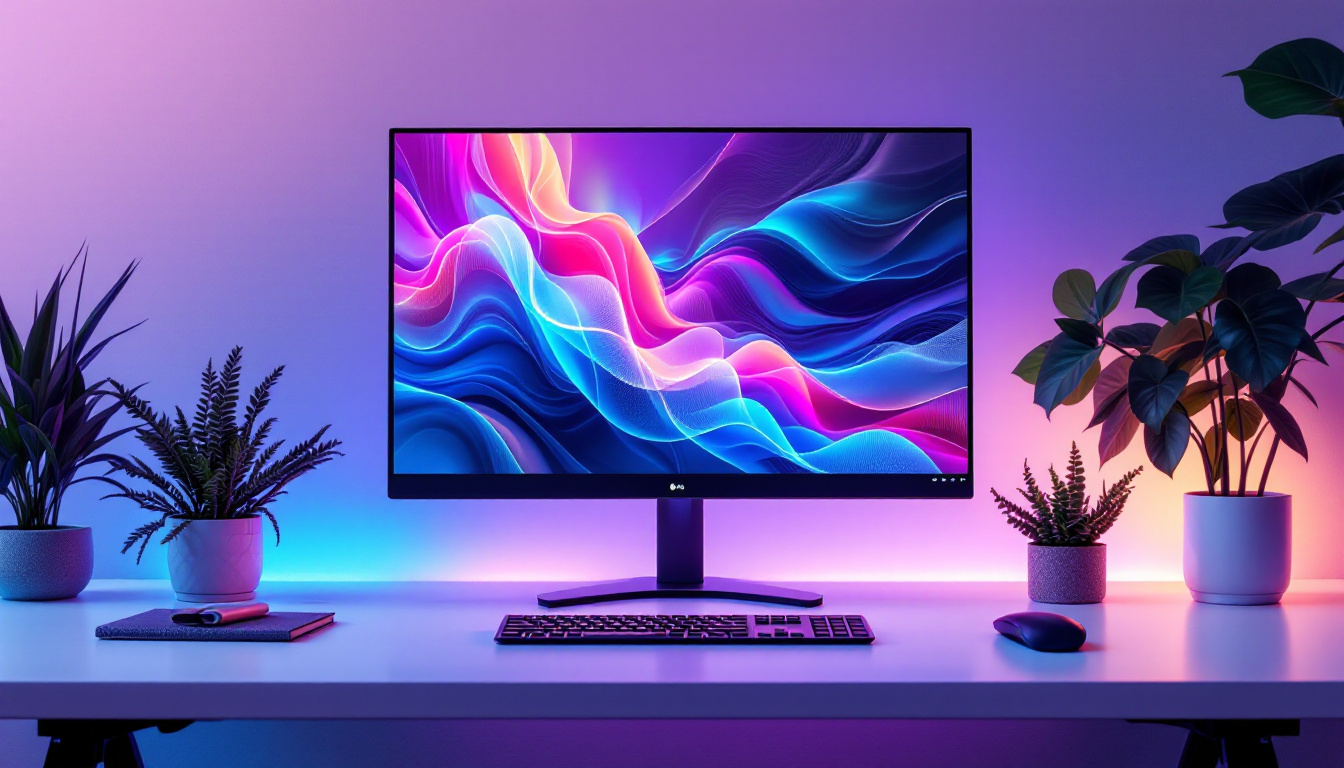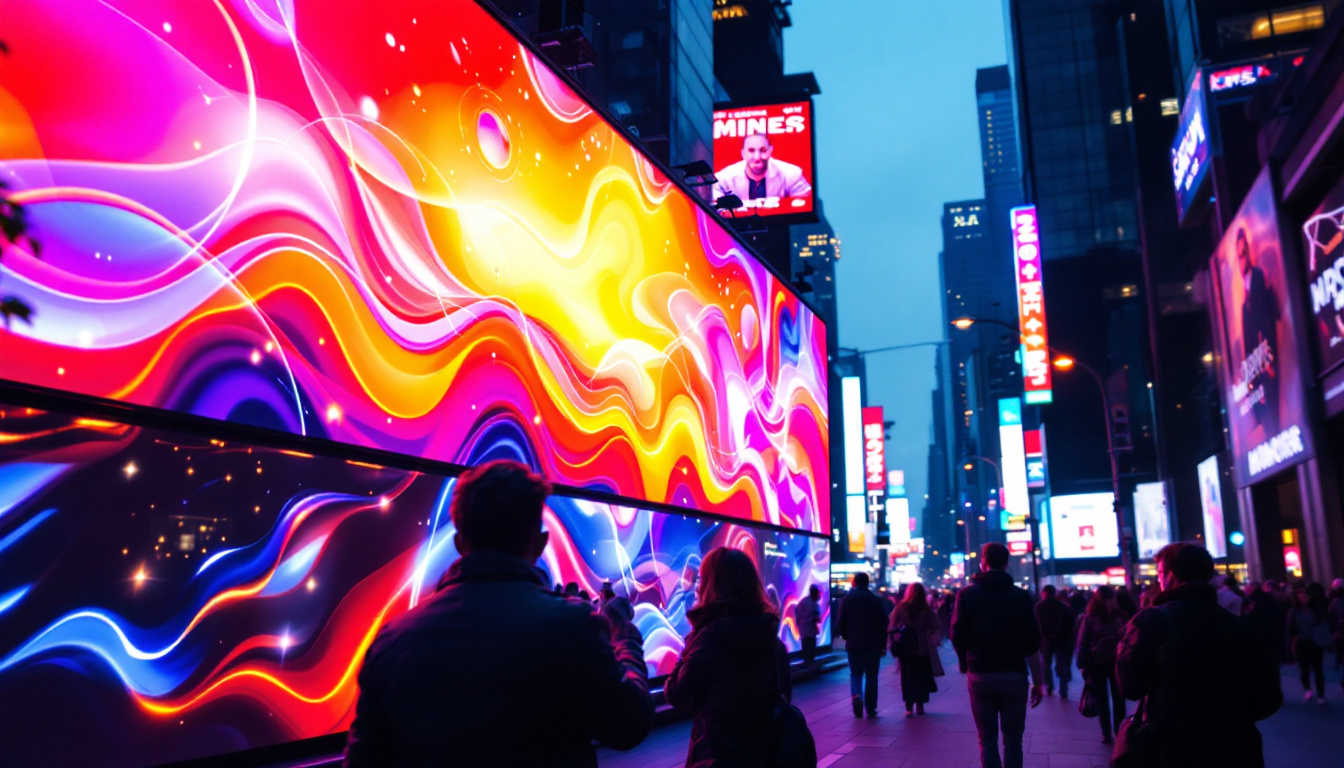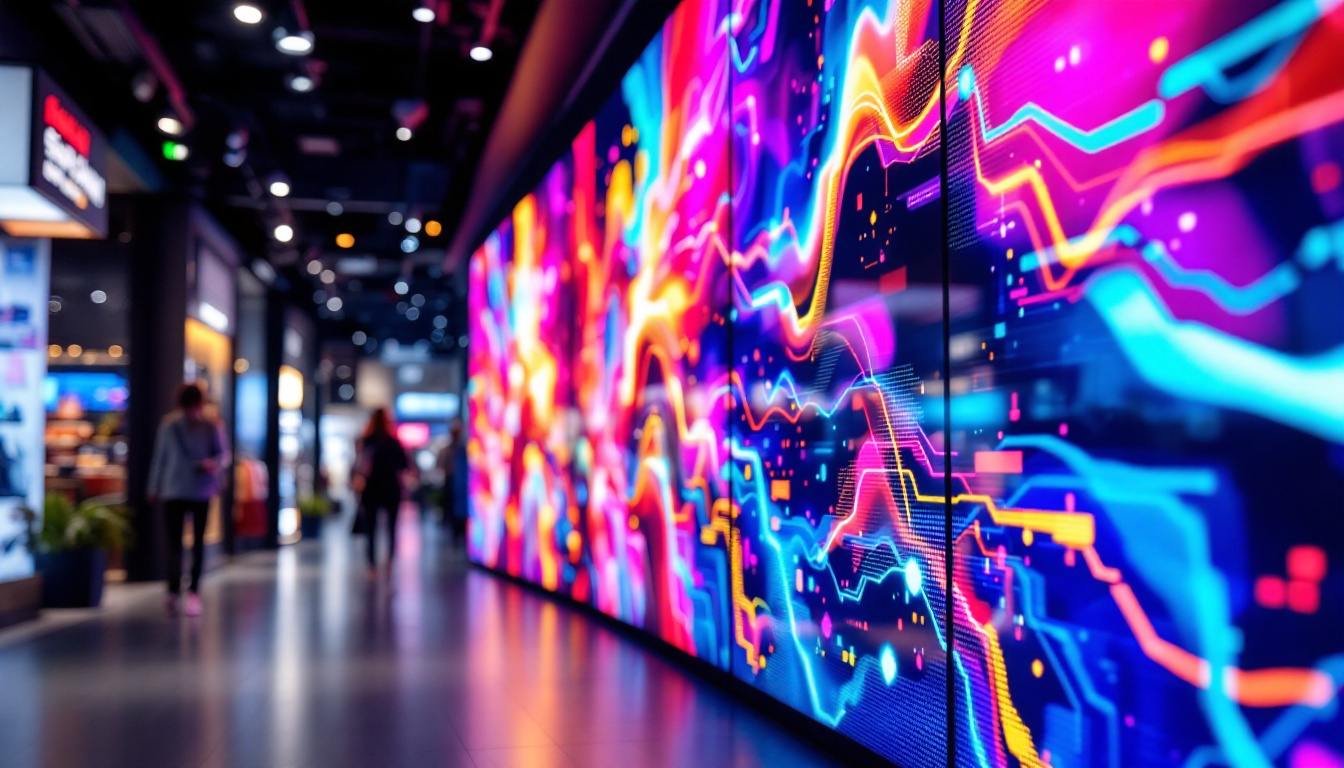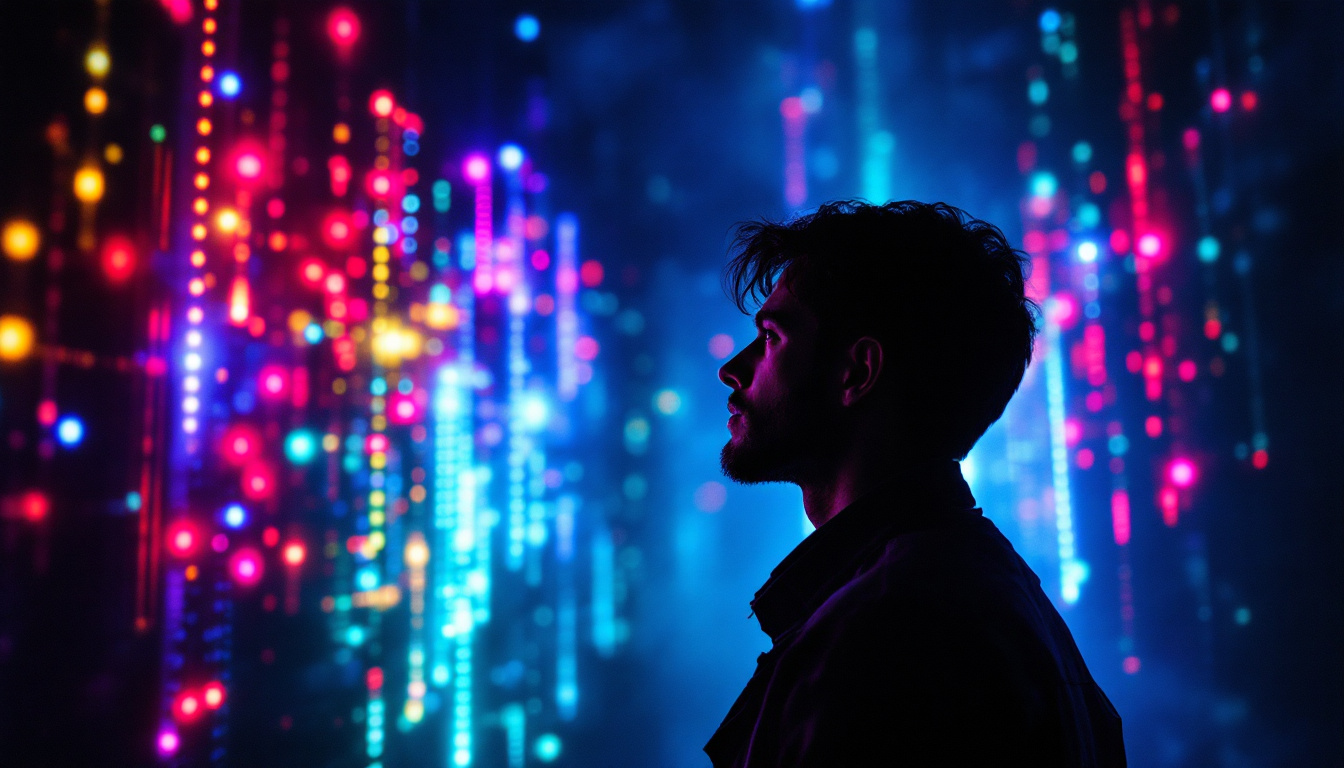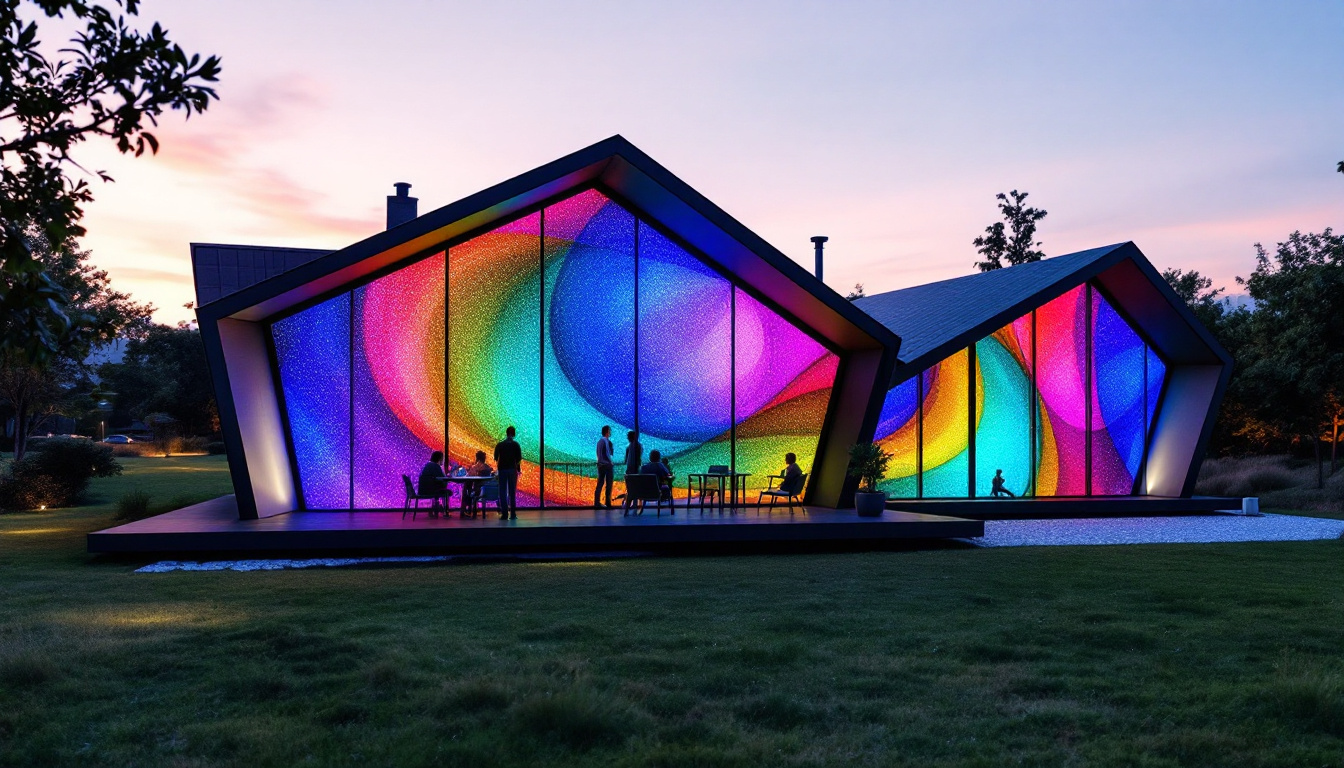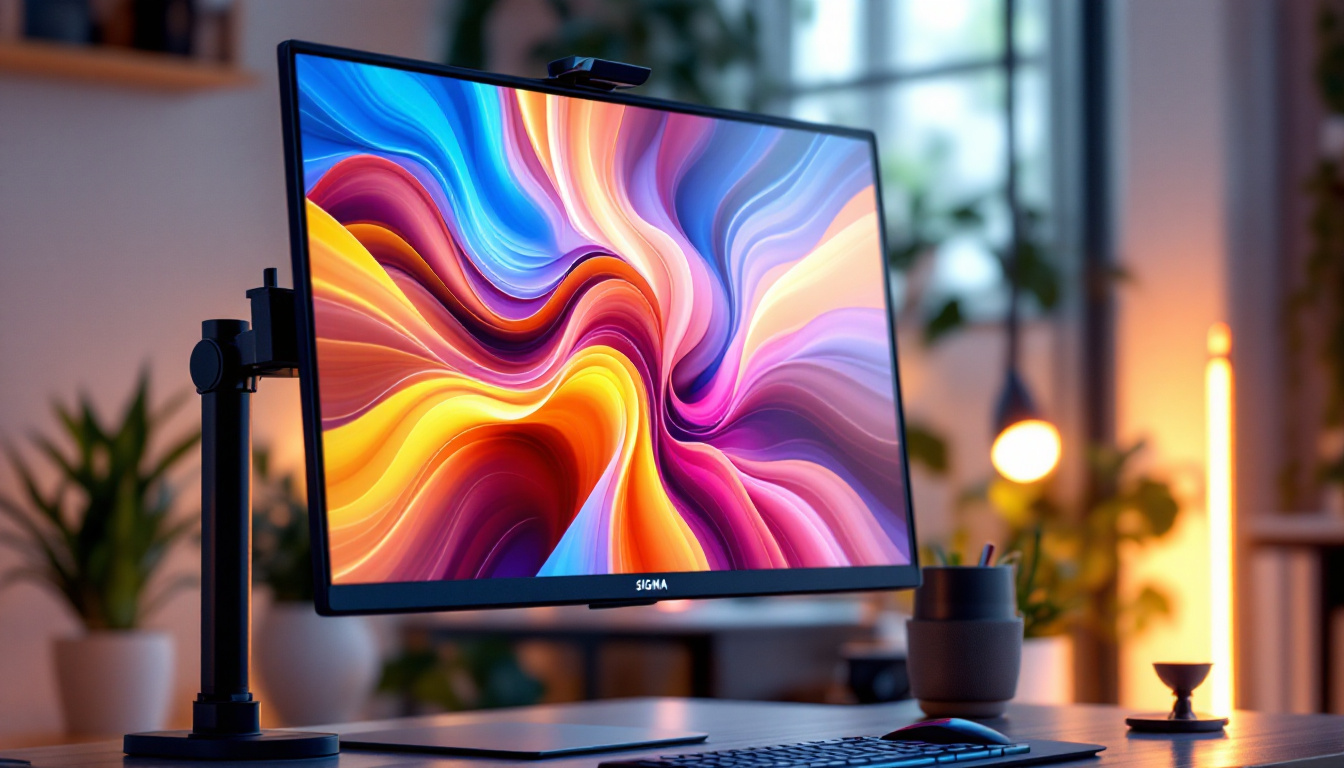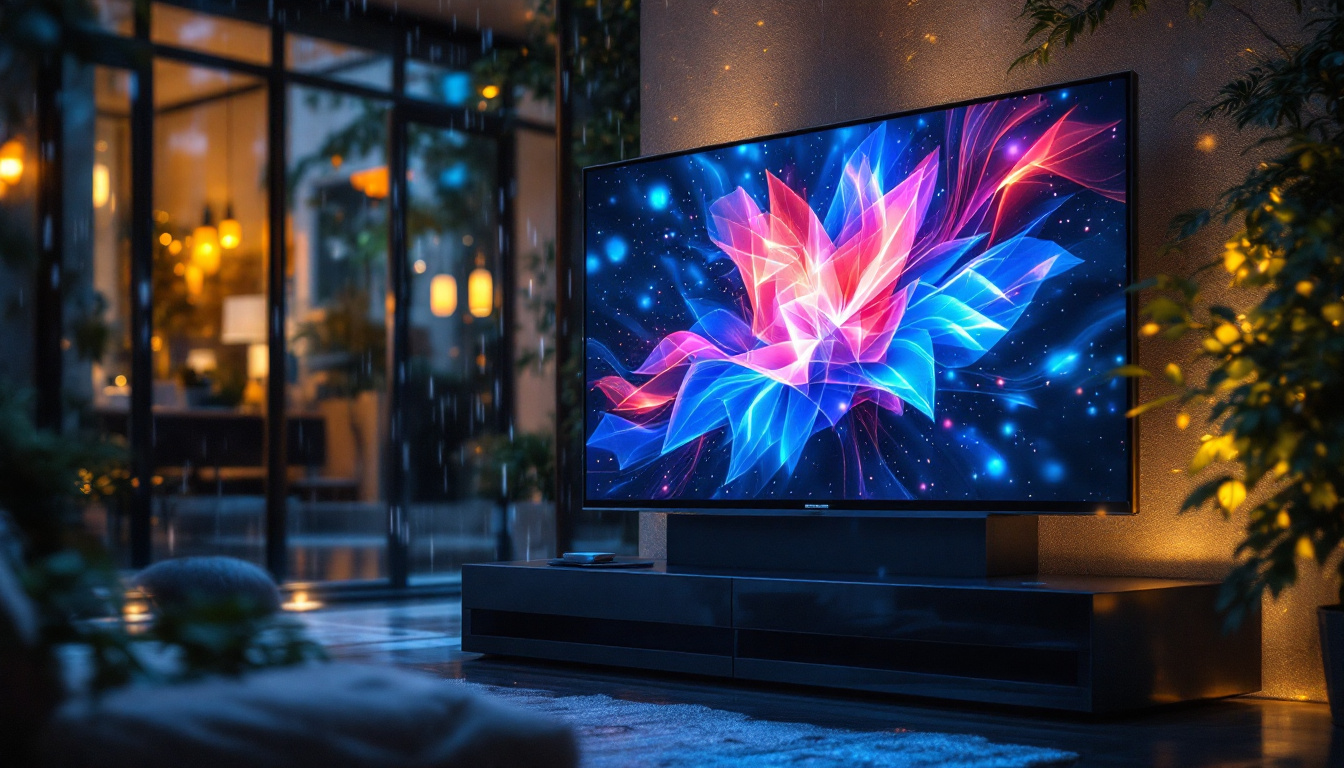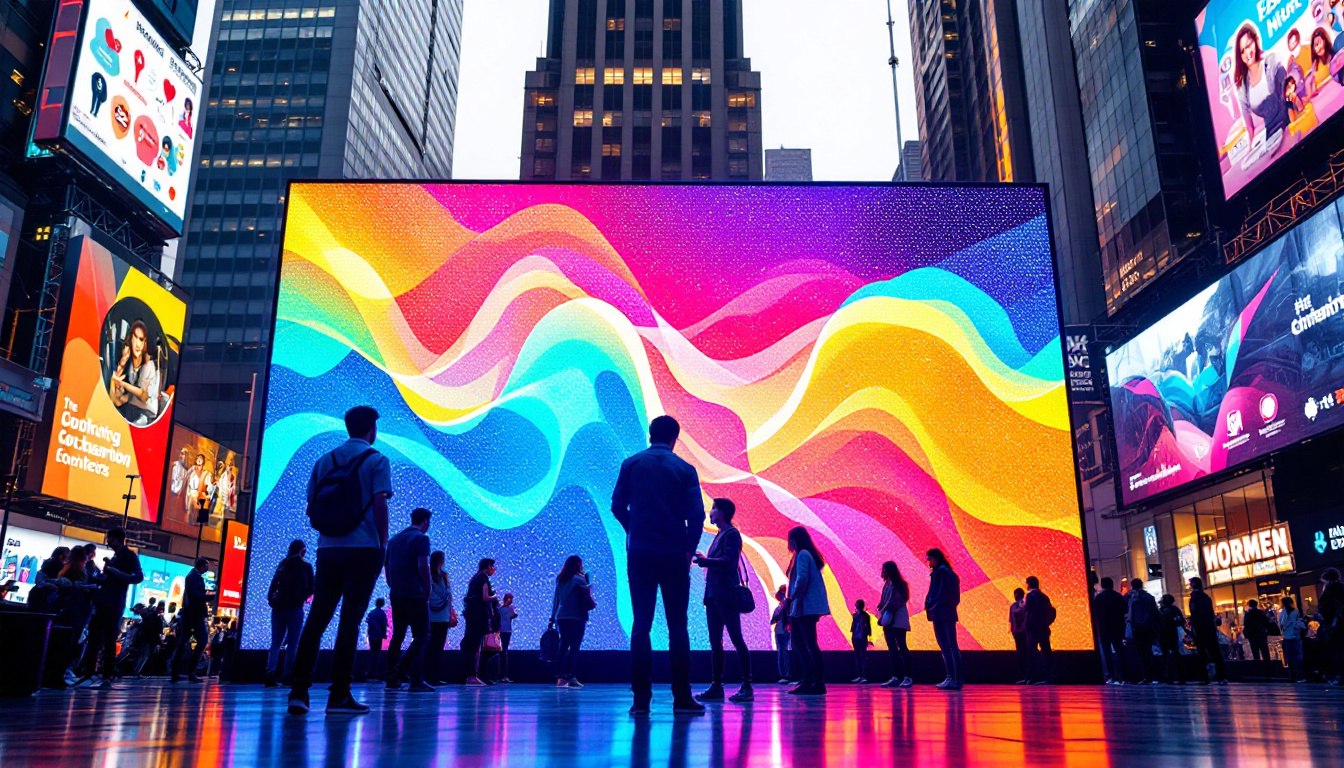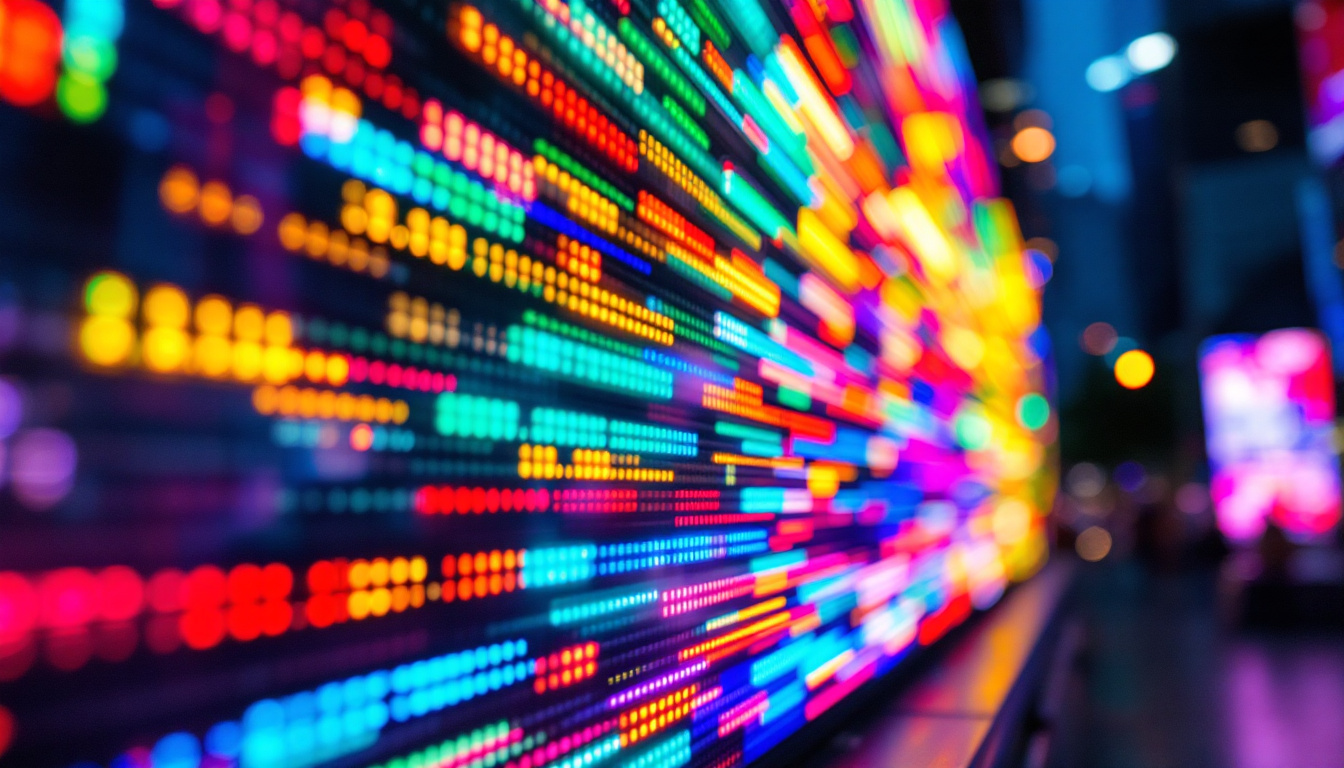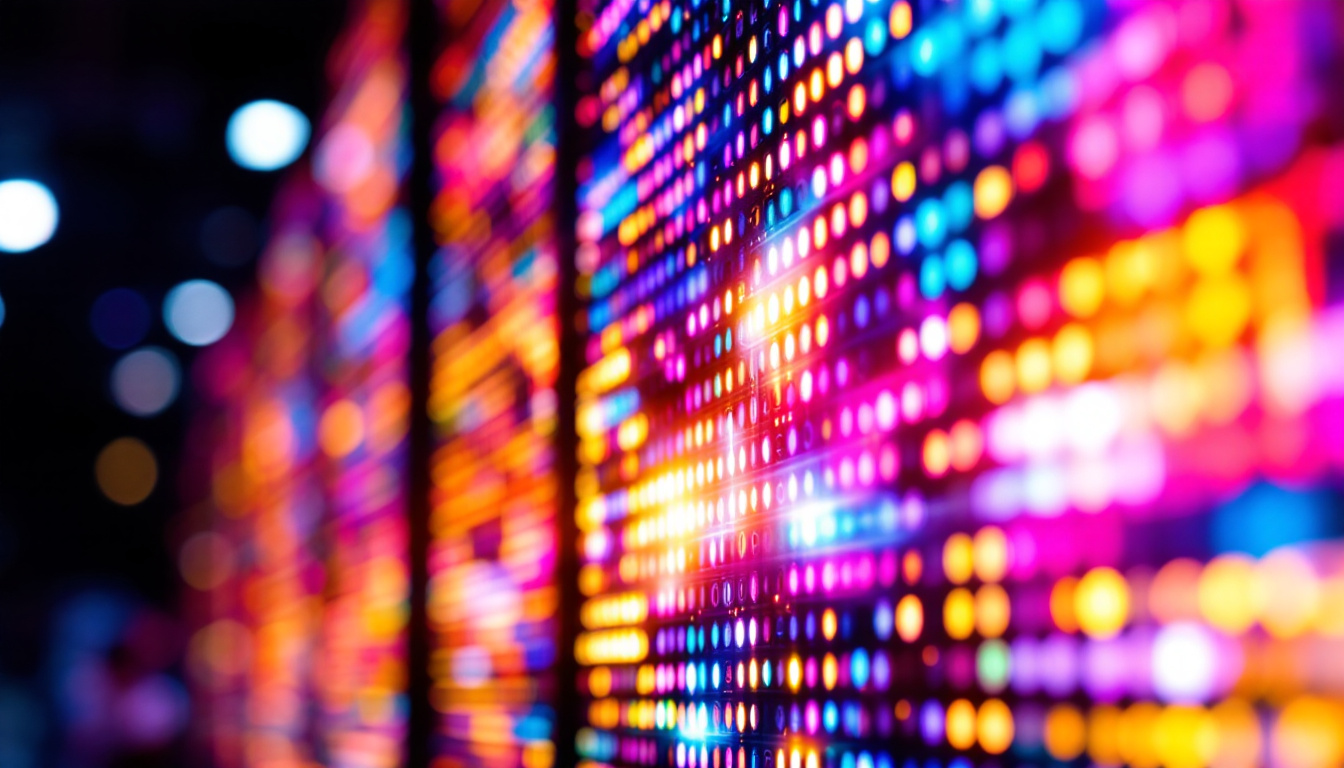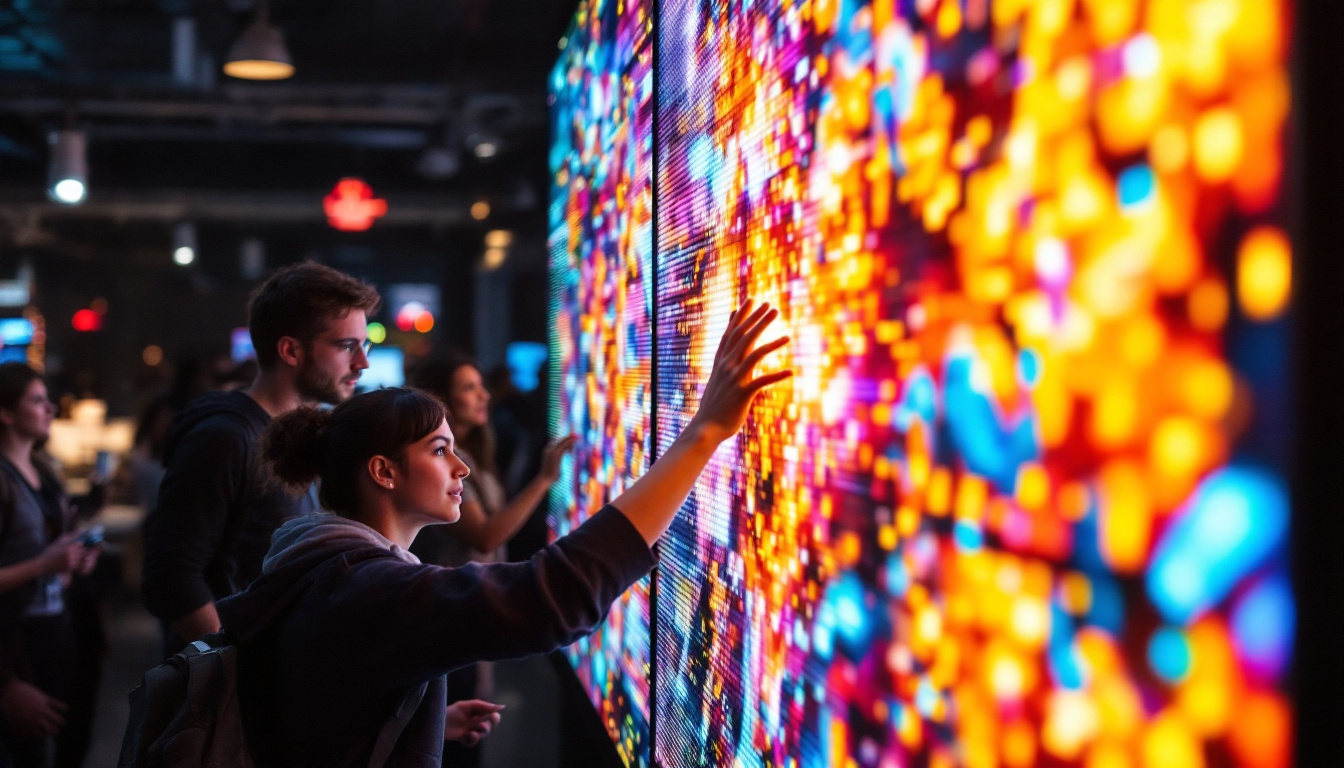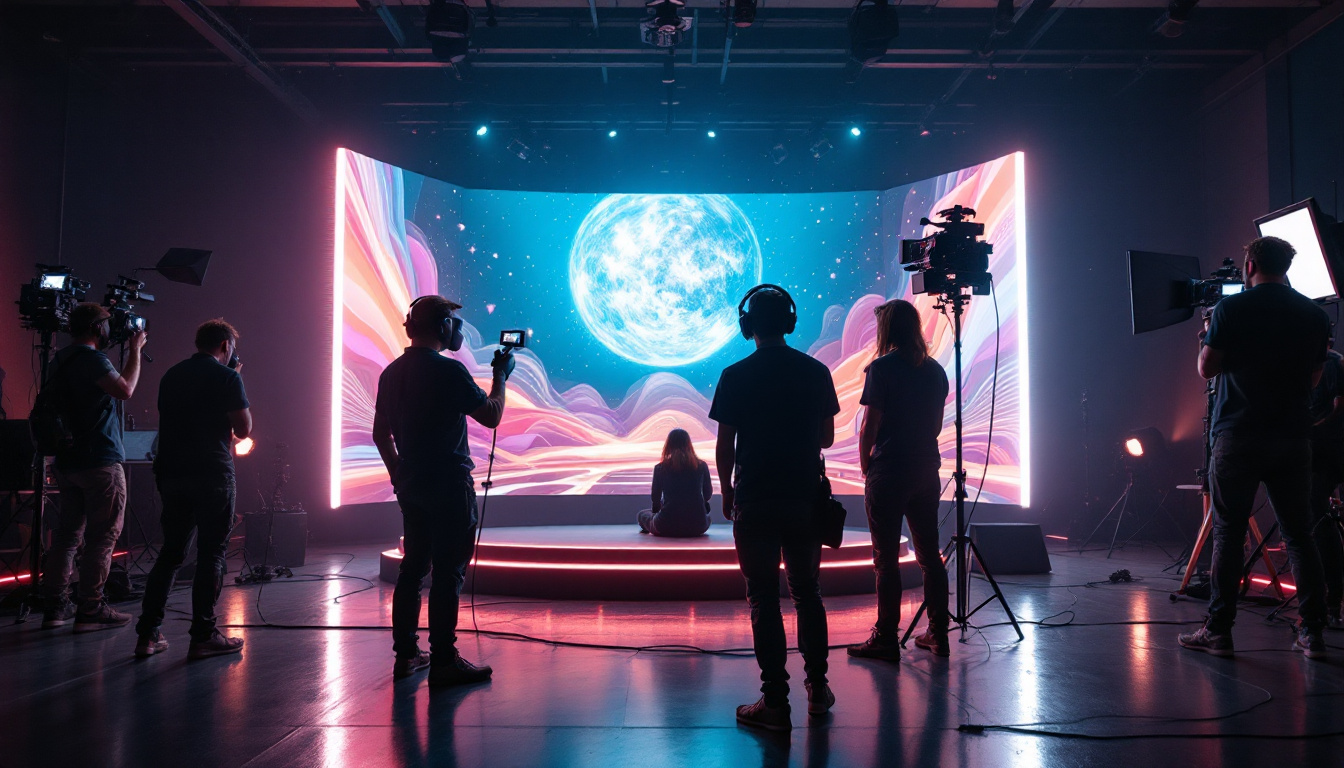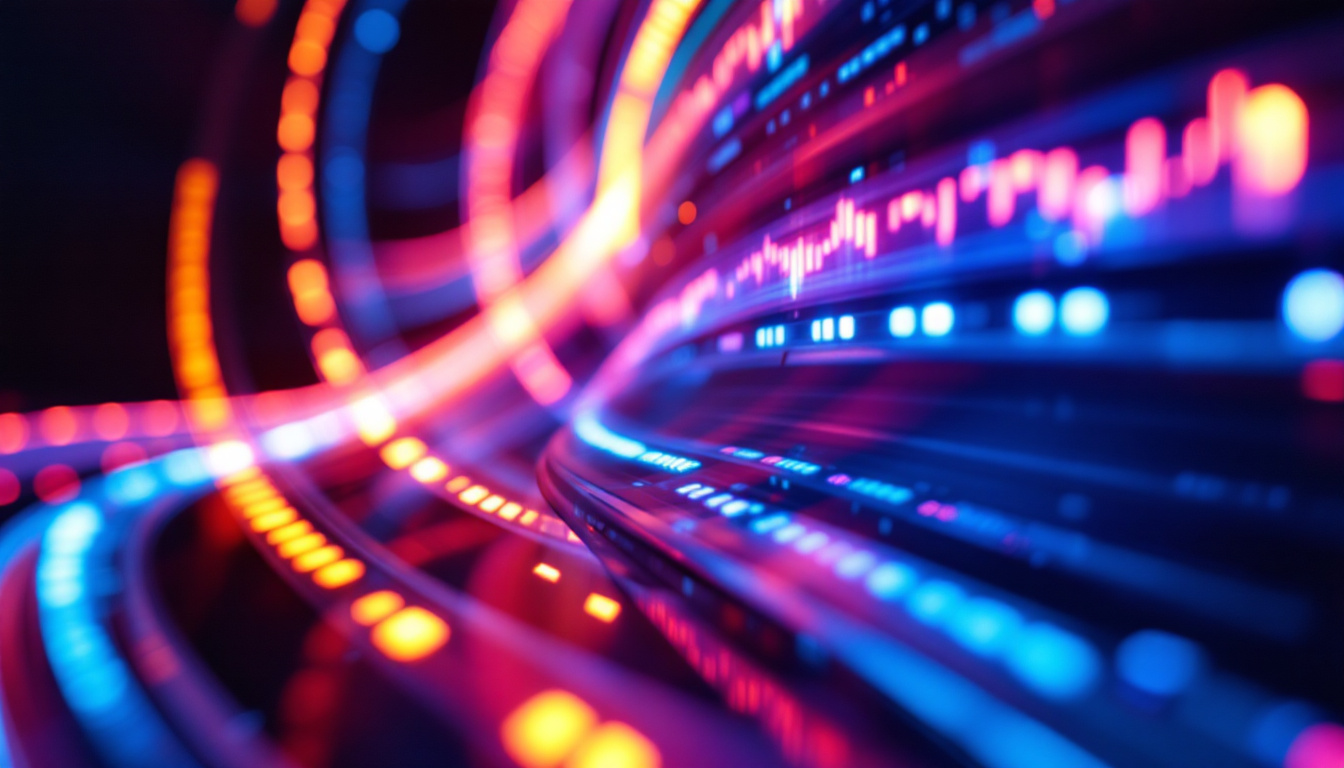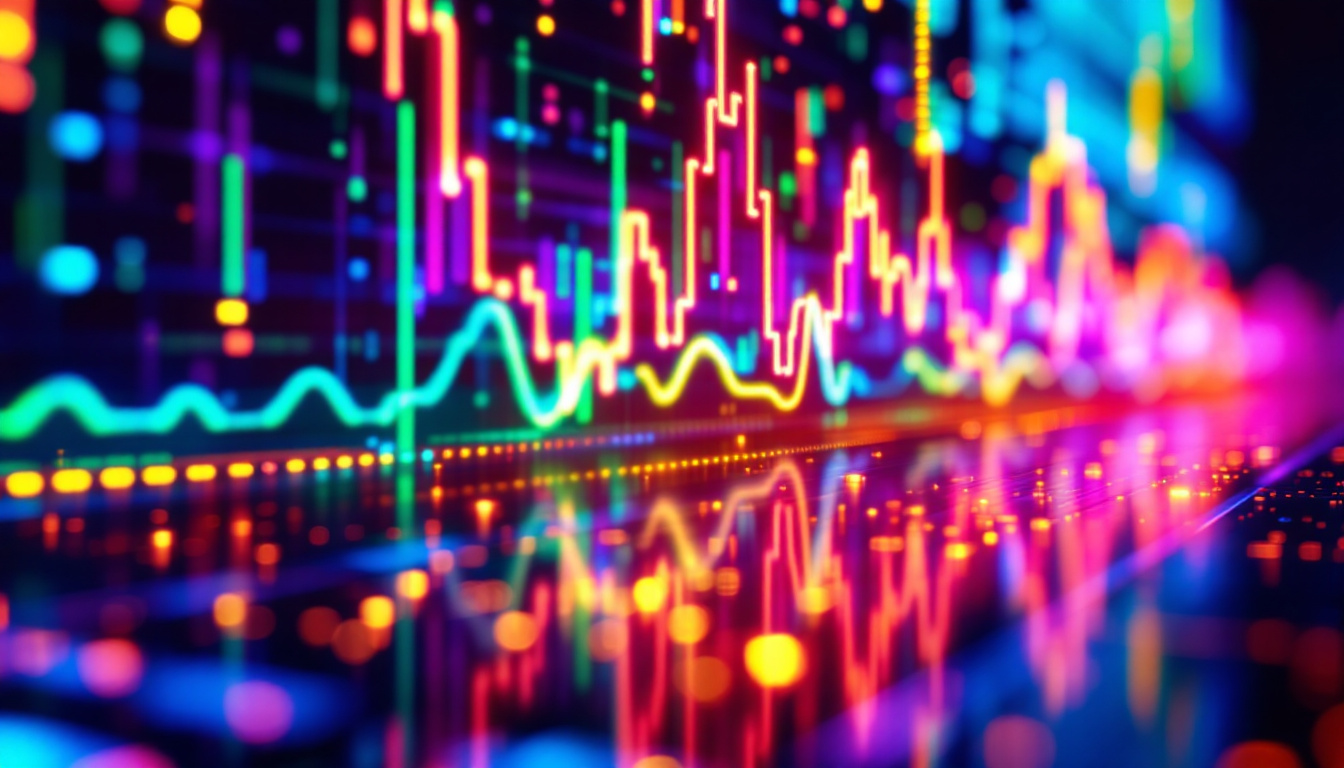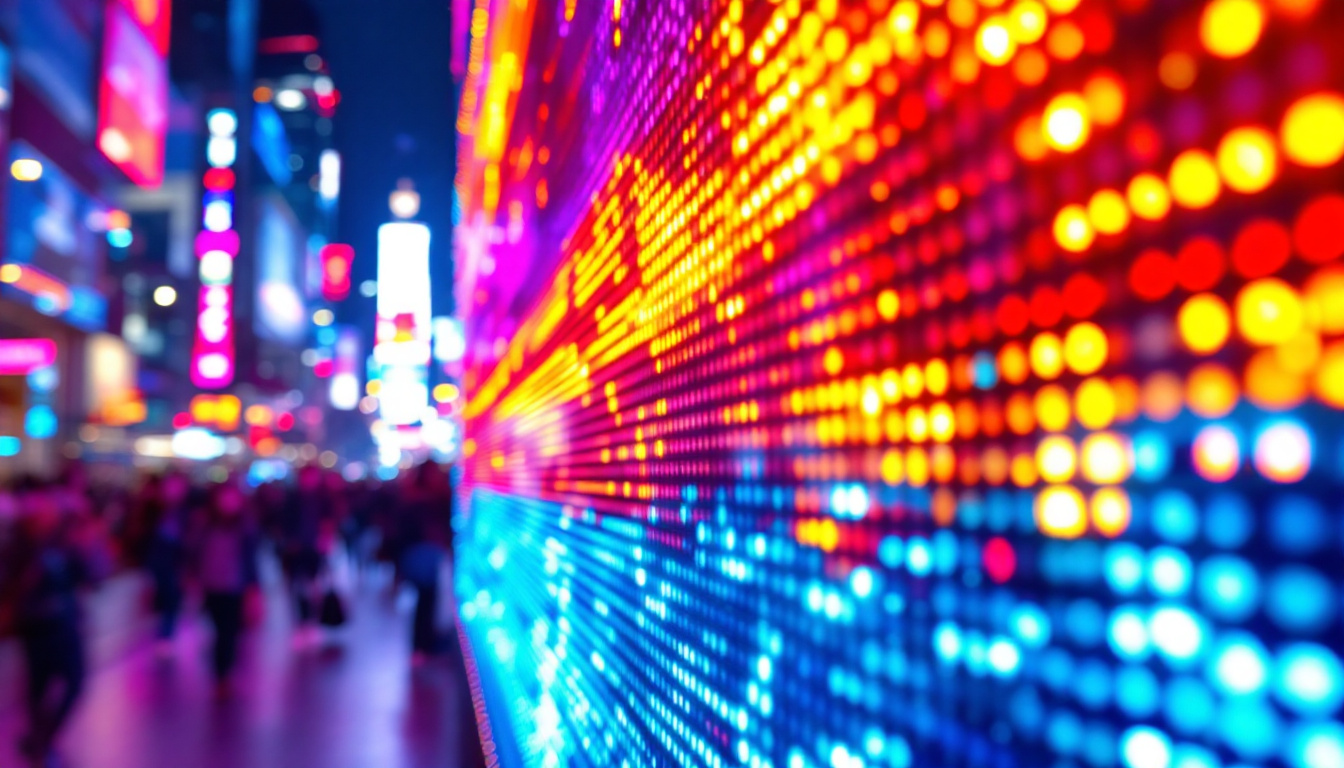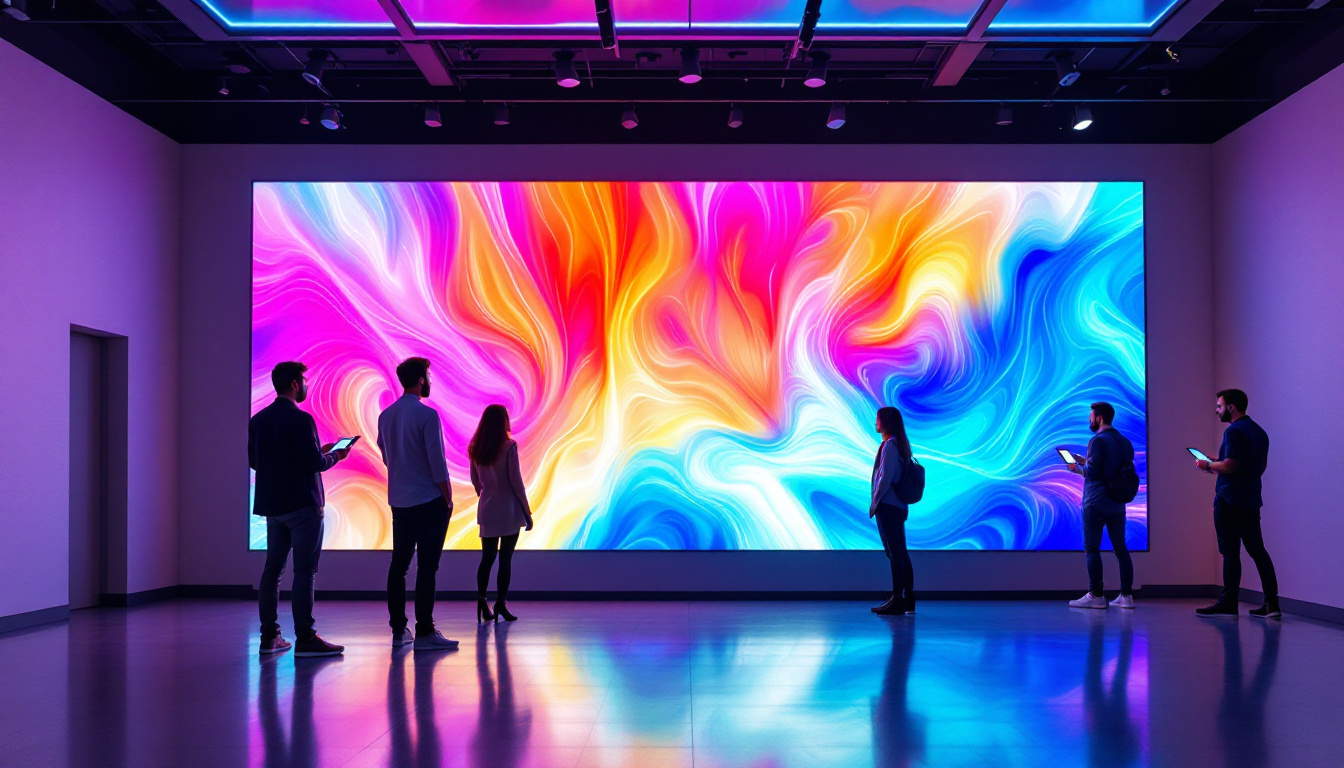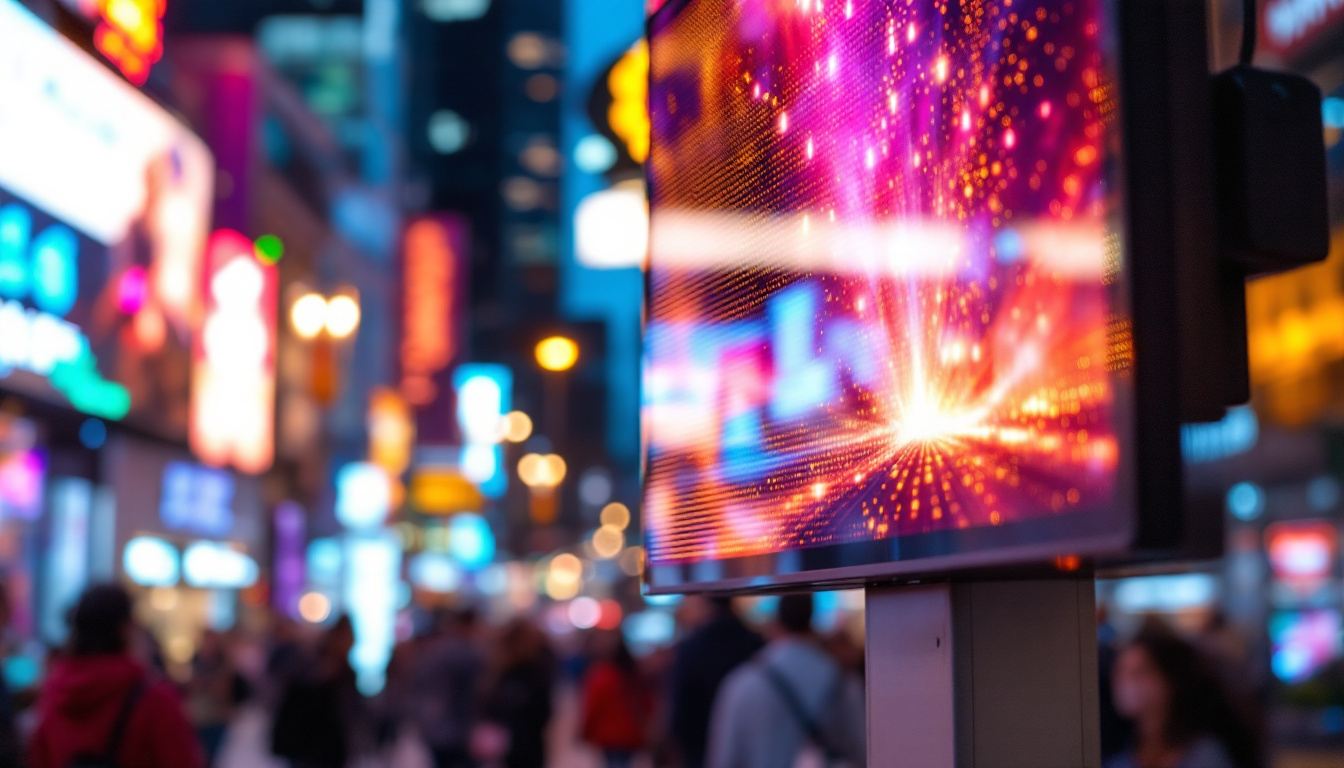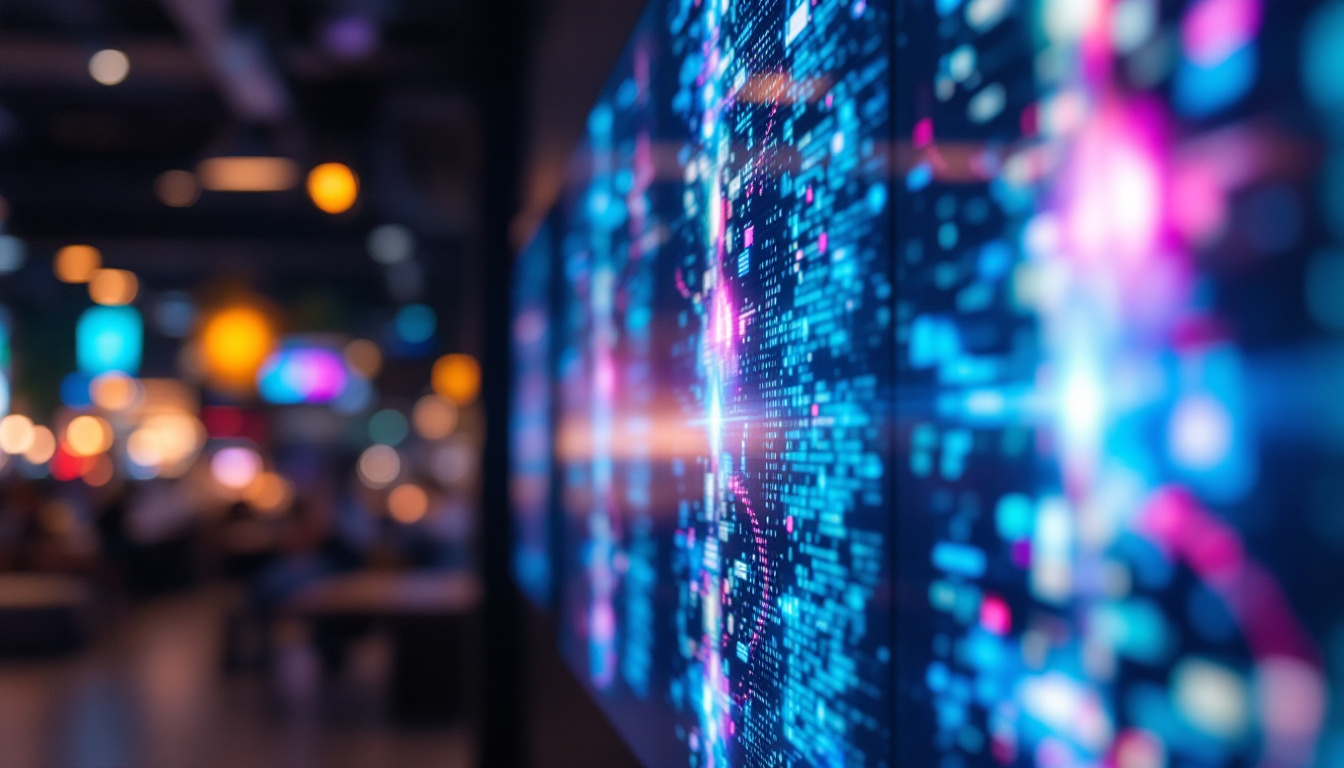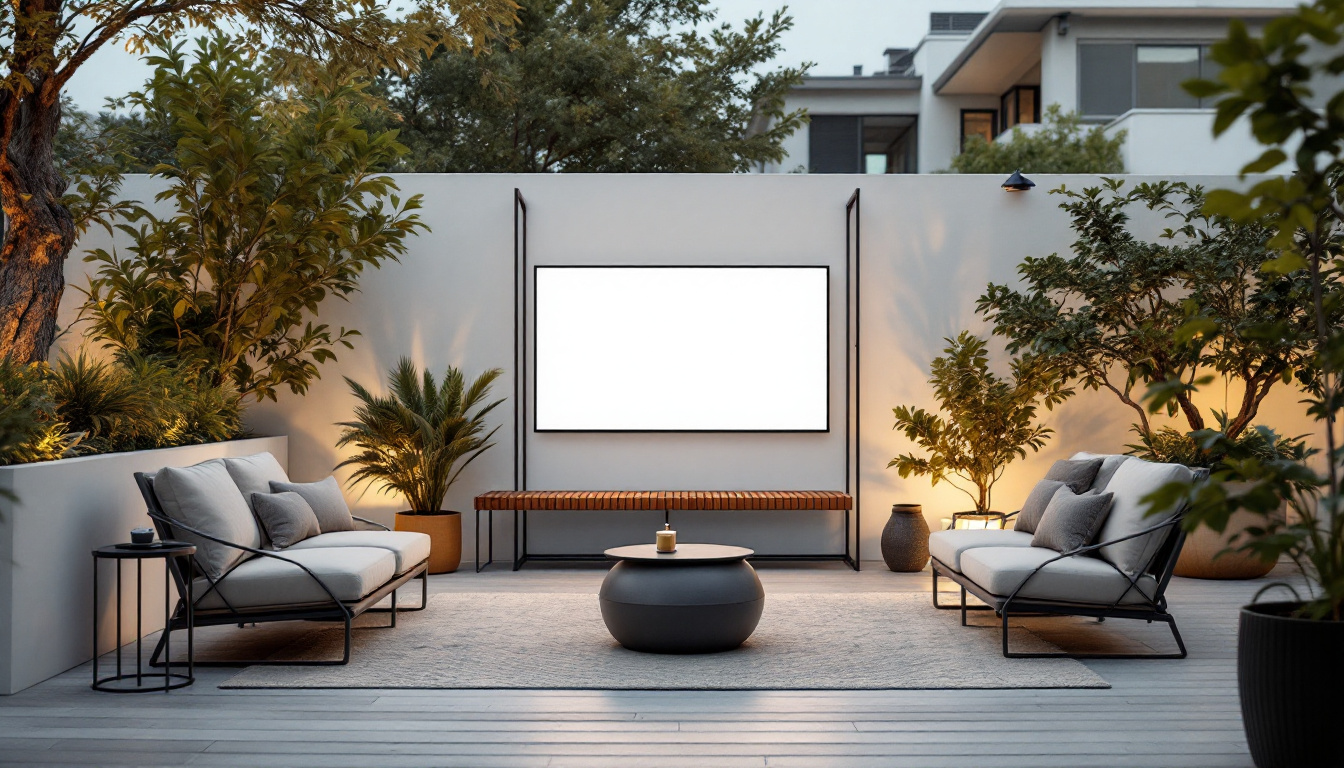In the world of modern events, presentations, and performances, visual impact plays a crucial role in capturing audience attention. One of the most effective tools for achieving this is the LED display. Dazzle staging with LED technology has transformed how we experience visual media, making it more vibrant, dynamic, and engaging. This article explores the intricacies of LED displays, their applications, and the technology behind them.
Understanding LED Technology
Light Emitting Diodes (LEDs) are semiconductor devices that emit light when an electric current passes through them. This technology has evolved significantly over the years, leading to the development of high-quality LED displays that are now commonplace in various settings, from concerts to corporate events. The versatility of LEDs has also made them a popular choice in residential lighting, where they provide energy-efficient solutions that enhance both aesthetics and functionality.
How LEDs Work
At the core of LED technology is the principle of electroluminescence, where a material emits light in response to an electric current. LEDs are composed of a chip made from a semiconductor material, typically gallium arsenide or gallium phosphide. When electricity flows through the chip, it excites the electrons, causing them to release energy in the form of photons, which is visible light.
This process is highly efficient compared to traditional incandescent bulbs, as LEDs produce less heat and consume significantly less power. This efficiency has made them the preferred choice for large-scale displays. Furthermore, advancements in LED technology have led to the development of tunable white LEDs and color-changing capabilities, allowing for dynamic lighting solutions that can adapt to various environments and moods.
Types of LED Displays
LED displays come in various forms, each suited for different applications. The most common types include:
- Direct View LED Displays: These displays consist of individual LED modules that are directly visible to the audience. They are often used in outdoor advertising and large event staging, providing vibrant colors and high brightness that can be seen even in direct sunlight.
- LED video walls: Composed of multiple screens, LED video walls can create larger-than-life visuals. They are frequently used in concerts, sports events, and exhibitions, allowing for immersive experiences that captivate audiences. The seamless integration of these panels ensures that the visuals are cohesive and engaging.
- Transparent LED Displays: These innovative displays allow light to pass through, making them ideal for retail environments where visibility is key. They can be used to create eye-catching advertisements without obstructing the view of products behind them, blending technology with design in a way that enhances the shopping experience.
In addition to these types, there are also flexible LED displays that can be bent and shaped to fit unique spaces, making them perfect for creative installations and architectural applications. The adaptability of LED technology continues to inspire designers and engineers to push the boundaries of what is possible, leading to exciting new uses in art, advertising, and beyond. As the technology progresses, we can expect even more innovative solutions that harness the power of LEDs to transform our visual experiences.
Applications of LED Displays
The versatility of LED displays has led to their adoption across various industries. From entertainment to corporate settings, the applications are vast and varied.
Entertainment and Events
In the entertainment industry, LED displays are a game-changer. They are used in concerts, festivals, and theatrical performances to create stunning visual backdrops. The ability to display high-resolution images and videos in real-time enhances the overall experience for the audience.
Moreover, LED displays can be programmed to synchronize with music and lighting, creating a cohesive and immersive atmosphere. This integration of technology allows for a dynamic performance that keeps audiences engaged and entertained. The vivid colors and sharp contrasts of LED technology also allow for creative storytelling, where visuals can change dramatically in sync with the narrative, making performances not just seen but felt.
Additionally, LED displays are increasingly being utilized for interactive installations at events, where audience participation can influence the visuals on screen. This interactivity not only captivates viewers but also fosters a deeper connection between the performers and the audience, making each event unique and memorable.
Corporate and Advertising Use
In corporate settings, LED displays serve multiple purposes. They can be utilized for presentations, branding, and advertising. Companies often use LED screens during conferences to display important information, enhancing the communication of ideas.
Advertising agencies have also embraced LED technology for its eye-catching capabilities. Digital billboards and storefront displays attract attention and can be easily updated with new content, making them a cost-effective marketing solution. The flexibility of LED displays allows businesses to tailor their messages to specific audiences, ensuring that the content is relevant and engaging.
Furthermore, LED displays are increasingly being integrated into smart city projects, where they serve as information hubs in public spaces. These displays can provide real-time updates on traffic, weather, and local events, enhancing the urban experience for residents and visitors alike. Their energy efficiency and long lifespan also make them a sustainable choice for businesses looking to reduce their environmental impact while maintaining high visibility in a competitive market.
The Advantages of LED Displays
LED displays offer numerous advantages that make them a preferred choice for many applications. Understanding these benefits can help organizations make informed decisions when considering visual display options.
Energy Efficiency
One of the most significant advantages of LED displays is their energy efficiency. Compared to traditional lighting technologies, LEDs consume considerably less power, which translates to lower energy costs. This efficiency is particularly beneficial for large installations that operate for extended periods.
Furthermore, the reduced energy consumption contributes to a smaller carbon footprint, making LED displays a more environmentally friendly option. Organizations looking to enhance their sustainability efforts can significantly benefit from adopting LED technology, as it aligns with global initiatives aimed at reducing energy consumption and promoting greener practices.
Brightness and Visibility
LED displays are known for their brightness, making them suitable for both indoor and outdoor use. They can produce vibrant colors and high contrast ratios, ensuring that content is visible even in bright sunlight. This visibility is crucial for outdoor advertising and events, where lighting conditions can vary significantly.
Additionally, the ability to adjust brightness levels allows for optimal viewing experiences in different environments, further enhancing their versatility. This feature is particularly advantageous in settings such as stadiums or concert venues, where lighting can change dramatically throughout an event, ensuring that the audience remains engaged and informed no matter the conditions.
Durability and Longevity
LED displays are built to last. They are more durable than traditional display technologies, withstanding harsh weather conditions and physical impacts. This durability reduces maintenance costs and ensures that displays remain operational for longer periods.
Moreover, LEDs have a longer lifespan, often exceeding 50,000 hours, which means less frequent replacements and lower overall costs for organizations. This longevity not only saves money but also minimizes the disruption associated with replacing displays, allowing businesses to maintain a consistent visual presence without the hassle of frequent upgrades. Additionally, many LED displays are designed with modular components, making repairs and upgrades straightforward and efficient, further enhancing their appeal for long-term use.
Challenges and Considerations
While LED displays offer numerous benefits, there are also challenges and considerations that need to be addressed. Understanding these factors can help organizations make better decisions regarding their use.
Initial Cost
The initial investment for LED displays can be significant. High-quality LED screens, especially those designed for large-scale applications, often come with a hefty price tag. However, it is essential to consider the long-term savings associated with energy efficiency and reduced maintenance costs.
Organizations should conduct a cost-benefit analysis to determine whether the investment aligns with their budget and expected return on investment.
Technical Expertise
Implementing LED displays may require technical expertise, particularly for installation and maintenance. Organizations may need to hire specialized technicians or collaborate with experienced vendors to ensure proper setup and operation.
Additionally, training staff to operate and manage the displays effectively is crucial for maximizing their potential and ensuring smooth operation during events.
The Future of LED Displays
The future of LED displays looks promising, with continuous advancements in technology and design. As the demand for high-quality visual experiences grows, manufacturers are innovating to meet these needs.
Emerging Technologies
Emerging technologies, such as flexible LED displays, are set to revolutionize the industry. These displays can be bent and shaped to fit various surfaces, opening up new possibilities for creative installations. From curved screens to wearable displays, the potential applications are vast.
Additionally, advancements in pixel density and resolution are paving the way for even sharper and more detailed visuals, enhancing the overall user experience.
Integration with Other Technologies
As technology continues to evolve, the integration of LED displays with other systems is becoming increasingly common. For instance, combining LED displays with augmented reality (AR) and virtual reality (VR) can create immersive experiences that captivate audiences.
This integration allows for interactive displays that respond to user input, further enhancing engagement and creating memorable experiences.
Conclusion
LED displays have transformed the landscape of visual communication, offering unparalleled brightness, energy efficiency, and versatility. As technology continues to advance, the applications and capabilities of LED displays are set to expand even further.
Organizations looking to enhance their visual impact should consider the benefits of LED technology, while also being mindful of the challenges it presents. With careful planning and execution, LED displays can dazzle audiences and create unforgettable experiences.
Illuminate Your Space with LumenMatrix
Ready to elevate your visual storytelling and dazzle your audience? Discover the transformative power of LED displays with LumenMatrix. As a pioneer in LED display technology, we offer a wide array of innovative solutions, from Indoor and Outdoor LED Wall Displays to dynamic Vehicle and Sports LED Displays, and even customizable options tailored to your unique needs. Embrace the future of visual communication with our cutting-edge LED display modules that promise to enhance engagement and bring your vision to life. Check out LumenMatrix LED Display Solutions today and turn your creative ideas into unforgettable experiences.

